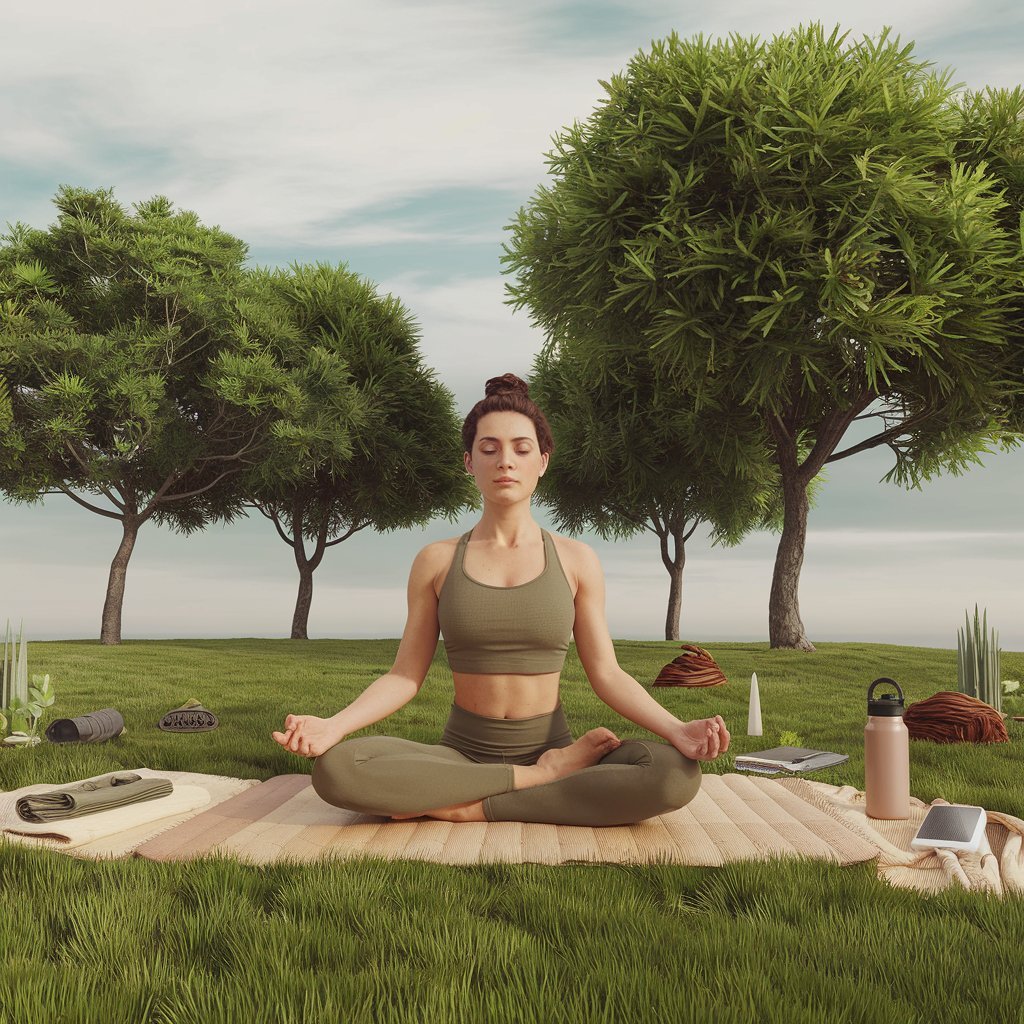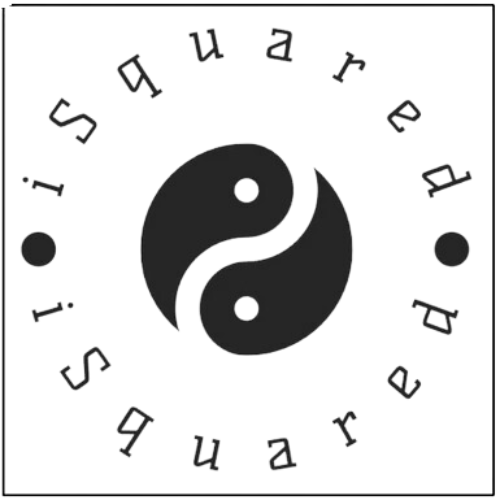
靜心藝術:初學者冥想技巧探索
靜心藝術:初學者冥想技巧探索
在我們這個快節奏的世界裡,尋找片刻的寧靜可能充滿挑戰,但卻能帶來巨大的回報。冥想提供了一條通往內心平靜、清晰和平衡的途徑,對於在混亂中尋求寧靜的初學者來說,這是一種非常寶貴的練習。這是探索冥想技巧的指南,可以幫助您踏上正念和寧靜的旅程。1. 理解冥想
冥想是一種集中精神以達到平靜和高度意識狀態的練習。這不是要停止思考,而是要不帶批判地觀察它們。這種做法可以培養正念,讓你更充實地活在當下。2. 適合初學者的簡單冥想技巧
以下是一些適合初學者的冥想技巧,可幫助您入門:正念呼吸
正念呼吸是最簡單的冥想形式之一,專注於呼吸的自然節奏。指示:- 找到一個舒適的姿勢: 以舒適的姿勢坐下或躺下,脊椎挺直,肩膀放鬆。
- 專注於你的呼吸: 閉上眼睛,將注意力集中在你的呼吸上。注意空氣進入和離開鼻孔的感覺。
- 不帶批判地觀察: 如果您的思緒遊離,請輕輕地將注意力集中到呼吸上。繼續練習5-10分鐘。
身體掃描冥想
身體掃描冥想涉及專注於身體的不同部位,促進放鬆和意識。指示:- 舒適地躺下: 仰臥,雙臂放在身體兩側,雙腿伸直。
- 開始掃描: 從頭頂開始,慢慢將注意力向下移動到身體的各個部位。
- 注意感覺: 當您專注於每個區域時,請注意任何感覺、緊張或放鬆,不要做出判斷。
- 完成掃描: 繼續掃描直到掃描完整個身體,花費 10-15 分鐘進行此練習。
引導式視覺化
引導式想像利用心理意象來促進放鬆和集中註意力。指示:- 找個安靜的地方: 坐下或躺下在一個安靜的地方,不要受到干擾。
- 選擇場景: 想像一個寧靜的場景,例如海灘或森林,用你所有的感官來創造生動的細節。
- 沉浸其中: 花 10-15 分鐘沉浸在這個場景中,注意視覺、聽覺和感覺。
3. 成功冥想的秘訣
- 從短時間開始: 從短時間(5-10 分鐘)開始,隨著您感覺更舒適,逐漸增加持續時間。
- 一致性是關鍵: 爭取每天在同一時間進行冥想,以形成規律。
- 要有耐心: 冥想是一項需要時間來培養的技能;學習時要對自己有耐心。
結論
冥想為在日常生活中培養寧靜和正念提供了強大的工具。透過探索這些適合初學者的技巧,您可以踏上獲得更內心平靜和清晰的旅程。請記住,冥想是一種個人實踐——找到最適合自己的方法並享受自我發現的過程。隨著您繼續探索冥想,您可能會發現這些靜止的時刻成為您健康習慣的重要組成部分,幫助您更輕鬆、更有存在感地應對生活中的挑戰。
直到下一次,
保持健康!保持藝術氣息!
吉米
擁有者
iSquared 瑜伽

